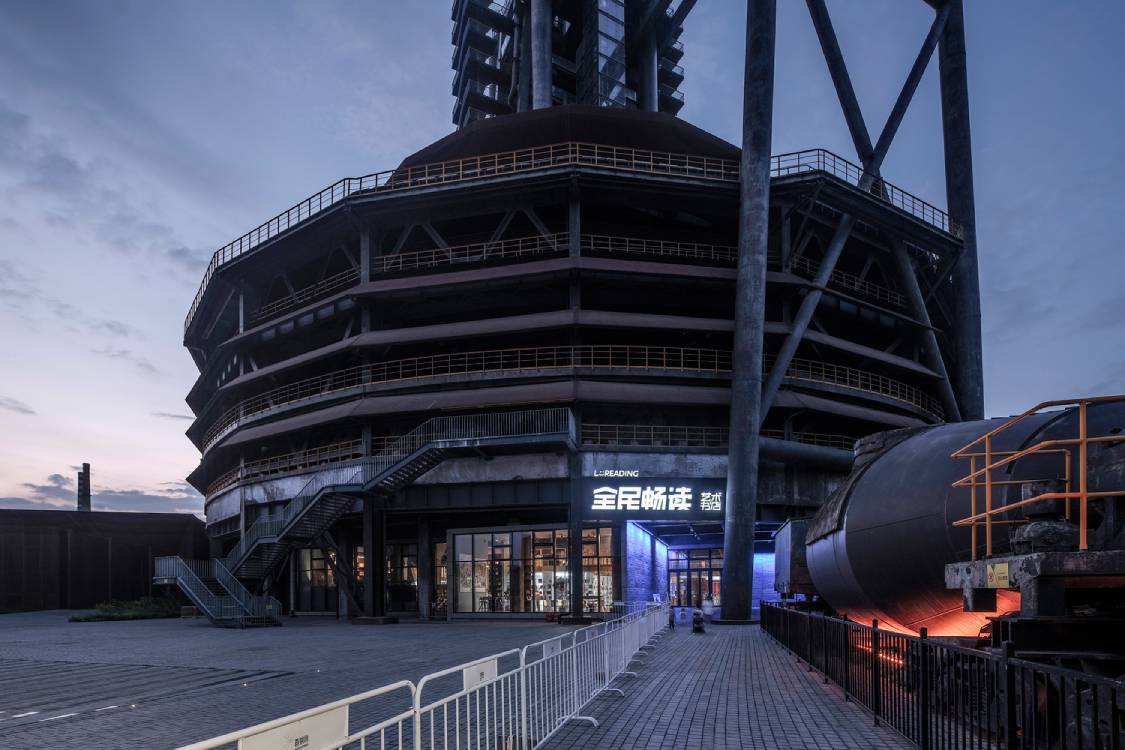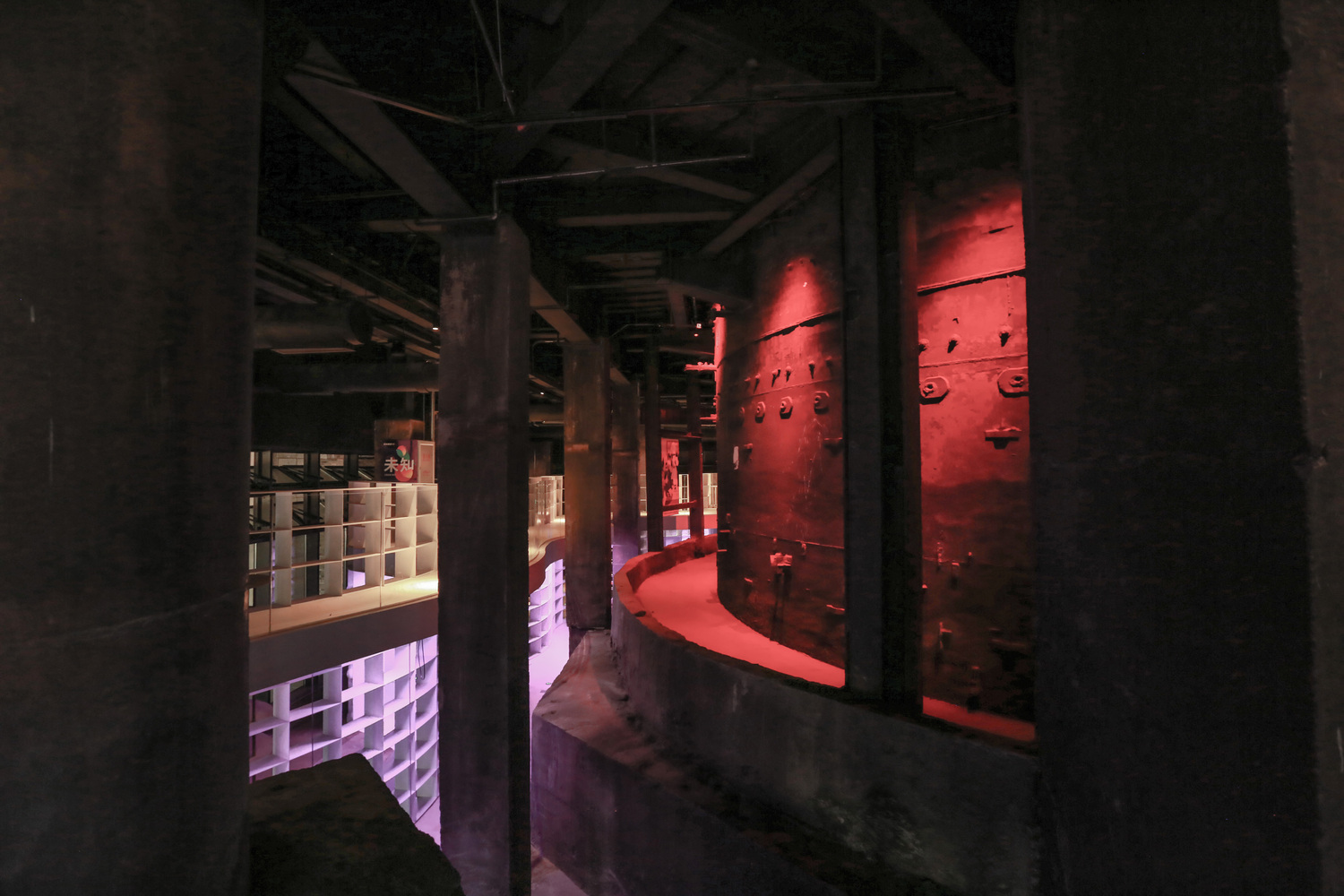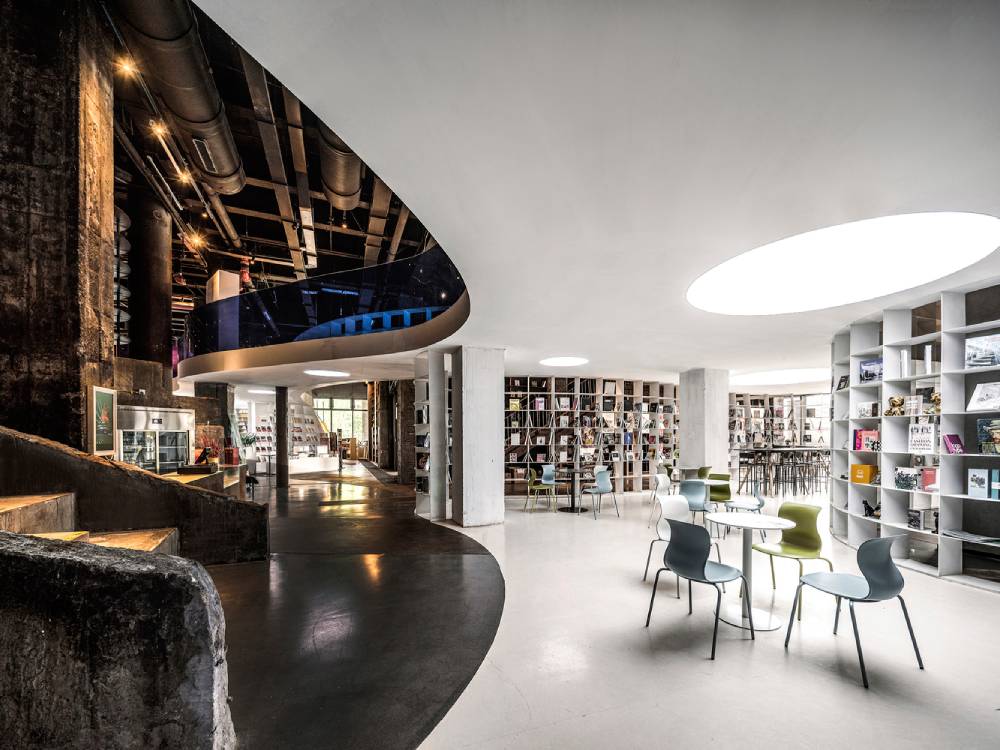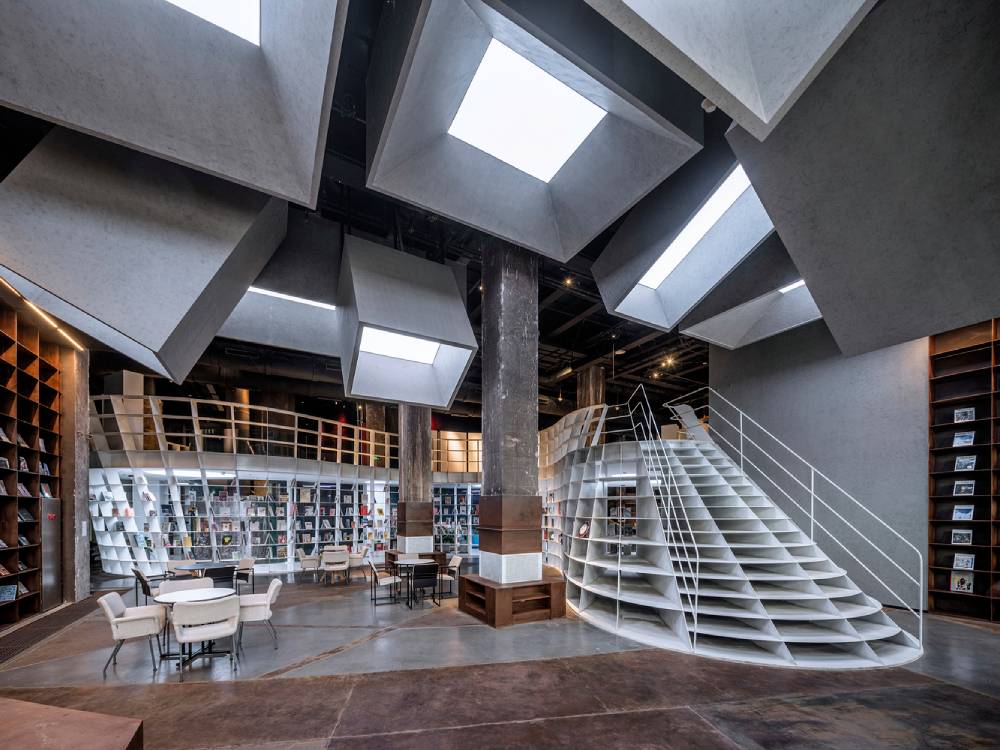
Bookstore in the Blast Furnace: Adapting Projects to New Functions
Bookstore in the Blast Furnace uses innovative, community-centric thinking to create new uses out of old, unused buildings. Located in Beijing, China, this bookstore was designed by hyperSity Architects in 2021 with architect Yang Shi at the helm. The firm needed to find a new use out of three abandoned giant blast furnaces in the city.
In redesigning the building, hyperSity Architects decided upon creating a giant bookstore using the bones of the old building. Yang Shi adapted the qualities of blast furnaces to make an atmospheric palace where readers could get lost in its splendor and design.
Lighting as Atmospheric Design
When one enters the building, one can see the effort put in to create a warm atmosphere in the building. From the center going out, Yang Shi’s design utilizes a complex array of lighting choices to cater to the needs of readers inside the building. The store’s usage of lights is unique because of the way that it can change its color and intensity depending on the mood needed for the area. Areas for reading are bathed in white, while an orange-ish sunset glow illuminate the other areas.
An interesting design choice from hyperSity Architects comes from the use of lights in the center of the three blast furnaces. That area remains a portion of the former building that’s not easy to redesign and refurbish. So instead, the architects partially retrofitted it as a reading area. It still stands in the middle, and Yang Shi utilizes red lights around the area to give it a fireplace-like look.
Everything Old is New Again
Beyond that, the main bones of the old building stand firm. Yang Shi utilizes circles and curves to complement the warm atmosphere created by the lights. The bookshelves inside the store are sleek in their design, weaving and connecting different parts of the building and softening its harder industrial elements.
One would see, for example, a giant bookshelf that splits into half at the top to accommodate the catwalks on the second floor. It creates safety in the area, but it also creates a balcony area for readers who may want to see the ground floor.
The bookstore contains areas for lectures and conferences, as well as a coffee shop for your snack and beverage needs. A giant pillar, scarred with burn marks and crusted in rust, dominates the scene in front of the coffee shop.
Creating New Places of Community
It feels key to the bookstore’s appeal as a reading area that the store doesn’t hide the age of the building it’s in. Alongside the new bookshelves and areas are the old walls and staircases, blackened by years of use. The contrast allows one to ruminate on the age of the building. It also provides a sense of character that one wouldn’t necessarily get in a normal bookstore. It’s not every day that one can buy books from the same place where workers used to smelt metals.
Bookstore in the Blast Furnace is provocative in its renewed purpose. First created for industrial purposes, it now serves as an outlet of relaxation and imagination. As an example of adaptive reuse, it helps us expand our mind in how we seek to push old buildings into the 21st century. One doesn’t have to destroy old buildings; sometimes, it can be used to connect the community that it helped build.
Photographed by Weiqi Jin
Related reading: Deferrari + Modesti Reinterprets the Idea of An Italian Literary Cafe









